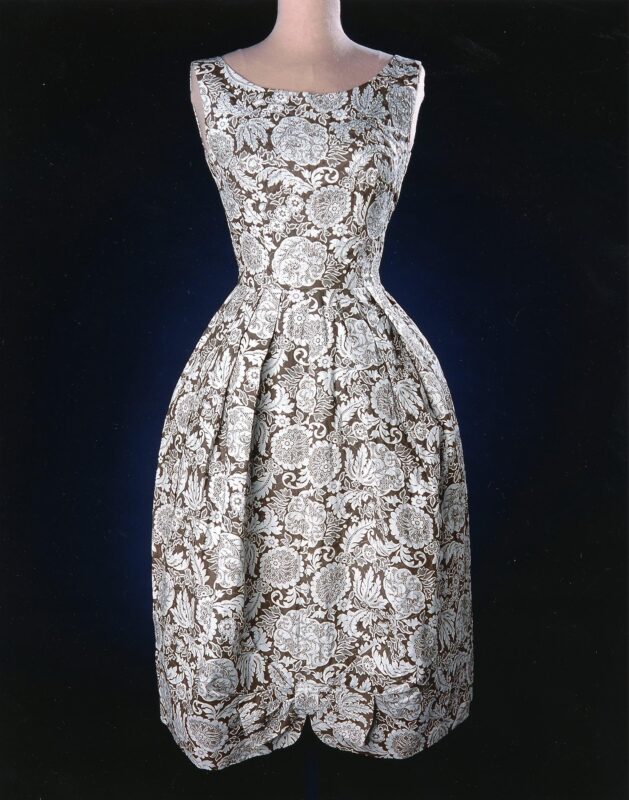Fashion History
THE HISTORY OF Feed Sack Dresses
Feed sack dresses, also known as flour sack dresses, are a fascinating part of American history, especially during the Great Depression and World War II. These garments reflect the resourcefulness and creativity of people during challenging times.
Origins and Development
Early Use of Feed Sacks:
In the late 19th and early 20th centuries, goods such as flour, sugar, and animal feed were packaged in sturdy cotton sacks. Initially, these sacks were plain, but by the 1920s and 1930s, manufacturers began printing them with colorful patterns, recognizing that resourceful housewives were repurposing the fabric to make clothing, curtains, and other household items.
The Great Depression:
During the 1930s, the Great Depression hit the United States hard, and many families faced severe economic hardship. Women, particularly in rural areas, used feed sacks to make clothing for their families because they were often the only affordable fabric available. Companies began printing feed sacks with attractive patterns specifically designed to be reused as fabric, which boosted their popularity. Some manufacturers even included instructions for using the sacks in sewing projects.
World War II Era:
During World War II, fabric was rationed, and feed sack dresses became even more widespread. The government encouraged conservation and recycling, and the practice of repurposing feed sacks was seen as patriotic. Manufacturers continued to produce feed sacks with colorful, stylish designs to meet the demand.
Cultural Impact
Practicality and Pride:
Wearing feed sack dresses was a necessity for many, but it was also a source of pride. Women took great care in selecting and sewing their garments, often trading feed sacks with neighbors to get enough matching fabric. Despite the humble origins of these dresses, they were often beautifully crafted and worn with dignity.
End of the Feed Sack Era:
After World War II, the economy improved, and commercially made clothing became more affordable and widely available. The use of feed sacks for clothing gradually declined, and by the 1950s and 1960s, paper and plastic bags began replacing cotton sacks for packaging goods, marking the end of the feed sack dress era.
Legacy
Modern Appreciation:
Today, feed sack dresses are remembered as symbols of resilience and ingenuity. Vintage feed sack dresses and the fabrics themselves are now collector’s items, valued for their historical significance and unique designs. The story of feed sack dresses continues to be celebrated in museums, quilting communities, and among vintage fashion enthusiasts.
Feed sack dresses are a testament to the creativity that can arise from necessity, and they hold an important place in the history of American fashion and culture.

